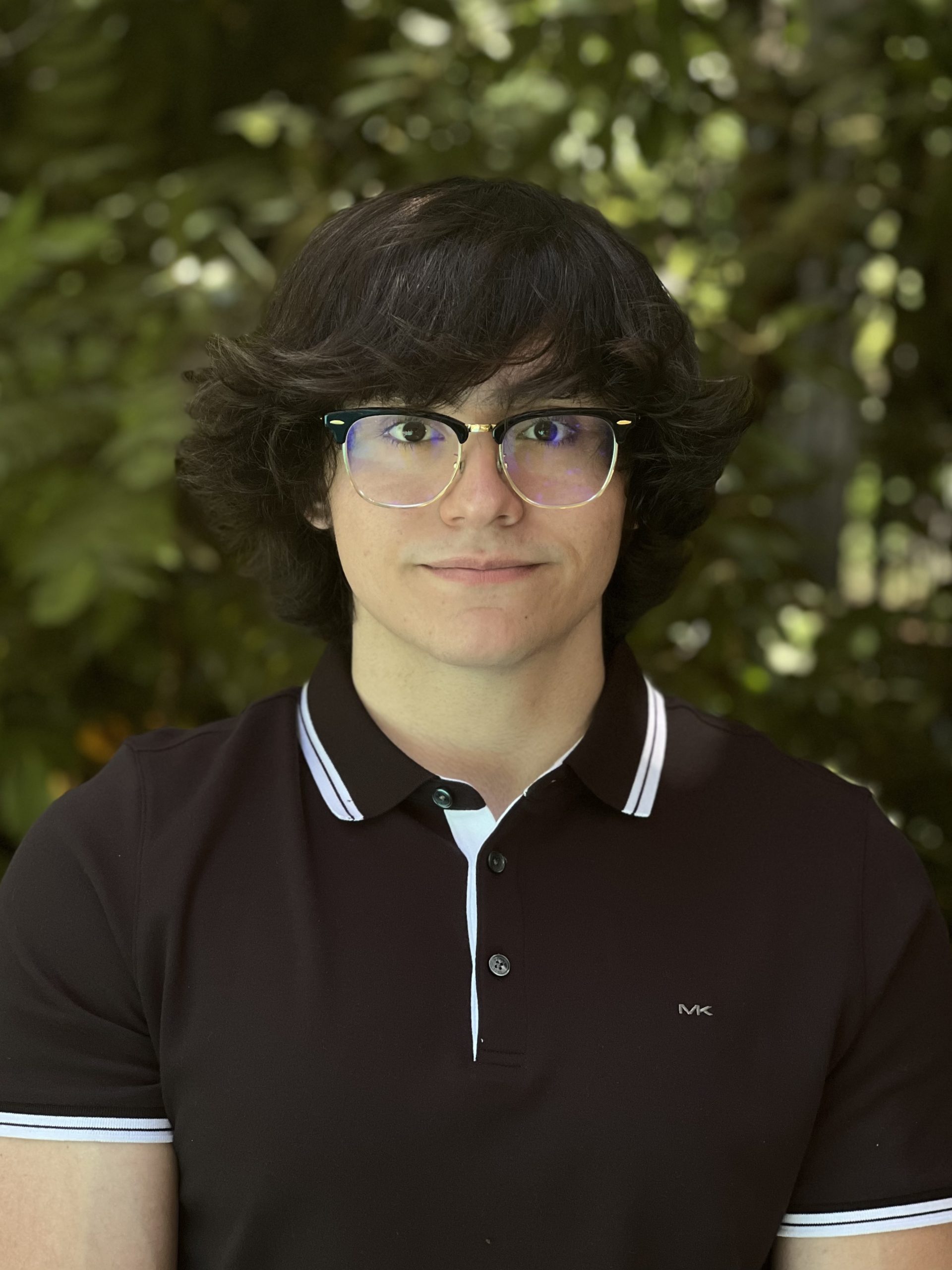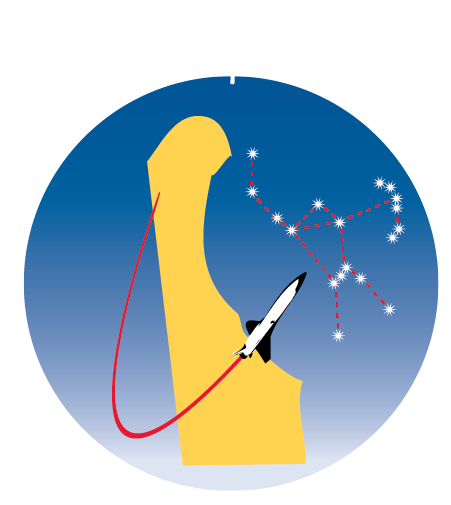
Summer Researcher with Dr. Zubaer Hossain
Mechanical Engineering, Mathematics
University of Delaware
David’s Research Summary:
My first task for this internship was self-reflecting on what I would like to do/accomplish. I researched different companies and national labs I would like to work with (ie. NASA, NOAA, Princeton Plasma Physics Lab). Upon completing this self-reflection I was tasked with educating myself on the differences between stiffness and effective stiffness, toughness and effective toughness, and strength and effective strength. After consulting online publications I concluded that an “effective” material property is that of a complex structure or system, as opposed to a regular material property of a material. I also learned that effective strength is not a well-established concept, as focus on the inherent strength properties of the constituent materials when analyzing the strength of a system or structure is usually more appropriate.
Following my research on this terminology, I was given my research topic of “crack propagation in composite materials” and began annotating related journal articles. I read 20 related journal articles, writing a summary as well as 3-5 sentences to be used in the introduction of my own publication. After familiarizing myself with the current state of research on my topic, I taught myself how to use LaTeX. This had been another task assigned early on in the internship and I was able to complete it before gaining access to the HPC. I also created a presentation on an already published article, titled “Finite Element Analysis of the Competition Between Crack Deflection and Penetration of Fiber-Reinforced Composites Using Virtual Crack Closure Technique”, and presented this over zoom to a group of peers and Dr. Hossain. I then began to teach myself how to use the simulation software in order to conduct my own research. I started off by learning how to use Coreform Cubit. I attended a zoom presentation on 6/29 in order to gain a general understanding of the software, and practiced making different meshed geometries in order to become proficient with it. I also needed to learn how to connect to a HPC, which I was able to figure out by referring to the UD website. This required me to download and learn how to use PuTTY and Xming, which was also facilitated by referring to the UD website. Upon accessing Caviness I still did not know how to use it and had to experiment with it as well as refer to Dr. Hossain in order to start using applications.
My goal for this internship was to determine how a crack would theoretically propagate through a matrix with an ellipsoidal inclusion present, and how changes in the angle at which the inclusion was oriented affected the crack propagation path. The main application that I used for my research was MEF90, which allowed me to apply loading conditions to meshed geometries that I created with Cubit. Learning how to use MEF90 also required me to learn how to create and modify the .yaml and .qsub input files used by the application. Upon creating my; 1. genesis file to define the meshed geometry, 2. yaml file to define the material properties of the mesh and loading condition, and 3. qsub file to submit the batch job to the HPC, I was able to start running simulations. I ran into numerous errors in running my simulations from both the yaml and genesis files. There was limited documentation and example files for MEF90, so I had to solve most of these problems through trial and error.
My first batches of simulations all came up with the same error, which I was able to pinpoint to an issue in the genesis file. I could not find any way to fix this issue so I read over example genesis files to find inconsistencies between examples and my own genesis file. With this technique I was able to discover that MEF90 only runs with triangular and tetrahedral meshes. Some of my peers were also getting stuck with this same error and I was able to share the solution to the problem with them after discovering it.
My next batches of simulations were run to test whether to run my simulations in 2D or 3D. I ran into errors exporting my genesis file in 3D and determined that 2D runs with less errors while still accurately portraying the crack propagation path. Upon loading these simulations in ParaView, I was unable to see the material break and set my next batches of simulations to determine what material properties to use in my yaml file. I tested the effects of fracture toughness, residual stiffness, internal length (size of mesh) and Young’s modulus on the propagation of a surface crack in a square and a rectangular prism. I was unable to come to an official conclusion, but results indicate that changes in fracture toughness seem to have the greatest effect on how the matrix reacts to the loading condition. Changes in Young’s modulus, internal length, and residual stiffness are listed in reverse order of perceived impact on the matrix reaction. None of my iterations resulted in a simulation showing the crack propagate, so I tested all the different damage and plasticity type combinations in order to see if the problem stemmed from these settings. From this I determined that either the AT1 or AT2 damage type must be used in combination with a plasticity of “none”.
At this point in my research I was struggling to find out how to move forward. I went back to my method of trial and error, this time testing different combinations of material properties scaled off of real world examples. I tested aluminum, concrete, glass and rubber, but did not find success in any of these attempts. I was able to meet again with Dr. Hossain nearing the end of the internship and learned that the crack in the material is not observed visually, but can be observed by a drop in elastic energy. Given this information I was then able to observe the crack propagating in my simulations. Ending this internship, I have learned both the current state of crack propagation research and how to advance this research through simulations run on a HPC. Although I was unable to produce publishable results, I gained the background knowledge to produce publishable results in the future and have plans to continue my research with Dr. Hossain this winter.

